Modelling Passenger Evacuation from Metro Platforms Considering Passenger Flow Guidance and Small Group Behaviour
-
摘要: 地铁车站疏散过程客流引导及小群体行为均对人员疏散行为及疏散结果产生较大影响. 为更加有效地模拟真实疏散情况,研究了考虑客流引导和小群体行为的社会力模型. 该模型通过分析小群体运动特征及客流引导策略对行人期望速度的影响,对既有社会力模型进行修正;针对地铁车站站台人员疏散过程,设计更贴近实际情况的多智能体感知及决策流程,构建基于多智能体技术的疏散仿真模型. 以北京地铁西直门2号线站台为研究对象展开研究,结果表明客流引导及小群体效应对疏散时间、疏散效率、瓶颈区域及绕行距离均有显著影响:客流引导可提高疏散效率18%~45%,小群体行为则会增加绕行距离17%.Abstract: Passenger flow guidance and small group behaviour during the actual evacuation process in metro stations greatly affect the behaviours of individual passengers and the evacuation result. To make a better simulation on the actual evacuation situation, the social force model was explored, which can take into account passenger flow guidance and small group behaviour. The model was modified by analysing the influence of passenger flow guidance and small group behaviour on the expected velocity of passengers. A multi-agent technique that involves realistic perception and decision processes was employed to develop a model for simulating passenger evacuation from a metro platform. Xizhimen metro station in Beijing was used as a case study object to verify the proposed model. Results indicate that both passenger flow guidance and small group behaviour have obvious effects on the evacuation time and efficiency, bottleneck areas, and detour distances. Passenger flow guidance increases the evacuation efficiency by 18%-45% and small group behaviour leads to an increase of 17% in the detour distance.
-
表 1 疏散仿真场景设置
Table 1. Simulation scenarios for evacuation
场景编号 疏散人数/人 客流引导 小群体 S1 2 426 无 无 S2 2 426 有 无 S3 2 426 无 有 S4 2 426 有 有 表 2 各场景疏散效率及平均疏散时间
Table 2. Distribution of detour distance with and without guidance
分组 场景编号 客流引导 小群体 总数疏散时间/s 总体疏散效率/% 平均疏散时间/s 小群体较单人疏散增加幅度/% 单人 小群体 1 S1 无 无 259.53 –17.00 138.46 S3 无 有 303.66 129.37 213.68 65.17 2 S2 有 无 207.33 –14.19 117.79 S4 有 有 236.75 118.90 154.78 30.18 表 3 各场景平均绕行距离
Table 3. Average detour distance in different scenarios
分组 场景编号 客流引导 小群体 平均绕行距离/m 增加绕行距离/m 增加幅度/% 1 S1 无 无 27.41 S3 无 有 32.18 4.77 17.40 2 S2 有 无 16.46 S4 有 有 25.66 9.2 55.89 -
HELBING D, BUZNA L, JOHANSSON A, et al. Self-organized pedestrian crowd dynamics: experiments,simulations,and design solutions[J]. Transportation Science, 2005, 39(1): 1-24. doi: 10.1287/trsc.1040.0108 YANG Bo, WANG Cheng, HUANG Hua, et al. A multi-agent and PSO based simulation for human behavior in emergency evacuation[C]//International Conference on Computational Intelligence and Security, Harbin: IEEE Computer SOC, 2007: 296-300 JOHANSSON A, HELBING D, SHUKLA P K, et al. Specification of a microscopic pedestrian model by evolutionary adjustment to video tracking data[J]. Advances in Complex Systems, 2007, 10(S2): 271-288. JEON G Y, KIM J Y, HONG W H, et al. Evacuation performance of individuals in different visibility conditions[J]. Building and Environment, 2011, 46: 1094-1103. doi: 10.1016/j.buildenv.2010.11.010 FRUIN J J. Pedestrian planning and design[J]. Metropolitan Association of Urban Designers & Environmental Planners, 1971, 77(4): 556-561. HELBING D, JOHANSSON A, MATHIESEN J, et al. Analytical approach to continuous and intermittent bottleneck flows[J]. Physical Review Letters, 2006, 97(16): 1-4. 陈绍宽,李思悦,洪倩,等. 地铁车站内乘客疏散时间计算方法研究[J]. 交通运输系统工程与信息,2008,8(4): 101-107. doi: 10.3969/j.issn.1009-6744.2008.04.015CHEN Shaokuan, LI Siyue, HONG Qian, et al. Modeling evacuation time for passengers from metro platforms[J]. Journal of Transportation Systems Engineering and Information Technology, 2008, 8(4): 101-107. doi: 10.3969/j.issn.1009-6744.2008.04.015 李逊,洪玲,徐瑞华. 轨道交通车站应急疏散乘客心理行为影响因素分析[J]. 城市轨道交通研究,2012,15(4): 54-57. doi: 10.3969/j.issn.1007-869X.2012.04.014LI Xun, HONG Ling, XU Ruihua. Influential factors of passengers' psychology and behavior on subway station emergency evacuation[J]. Urban Mass Transit, 2012, 15(4): 54-57. doi: 10.3969/j.issn.1007-869X.2012.04.014 刘雯丽. 城市轨道交通车站客流紧急疏散仿真研究[D]. 成都: 西南交通大学, 2013 邢云磊. 大型客运站应急疏散客流组织动态仿真方法的研究[D]. 北京: 北京交通大学, 2010 陈绍宽,刘爽,肖雄,等. 基于M/G/c/c模型的地铁车站楼梯通道疏散能力瓶颈分析研究[J]. 铁道学报,2013,34(1): 7-12.CHEN Shaokuan, LIU Shuang, XIAO Xiong, et al. M/G/c/c-based model of passenger evacuation capacity of stairs and corridors in metro stations[J]. Journal of the China Railway Society, 2013, 34(1): 7-12. PREDTECHENSKII V M, MILINSKII A I. Planning for foot traffic flow in buildings[M]. New Delhi: Amerind Publishing Co. Pvt. Ltd., 1978: 1-240 代伟. 群集应急疏散影响因素及时间模型研究[D]. 长沙: 中南大学, 2012 期刊类型引用(13)
1. 王宇,王天琪. 基于改进SIR模型的地铁站突发事件恐慌传播与干预时间研究. 大连交通大学学报. 2025(02): 27-35 .  百度学术
百度学术2. 孙世梅,张家严. 基于24Model-D-ISM的地铁站火灾疏散影响因素研究. 中国安全科学学报. 2024(04): 153-159 .  百度学术
百度学术3. 邢国新,赵海龙,任丹彤. 地铁车站安全疏散模型综述. 安全与环境学报. 2023(07): 2417-2427 .  百度学术
百度学术4. 户佐安,魏易东,曾添,马毅. 考虑行人摔倒和受伤的斜坡相向流社会力模型. 西南交通大学学报. 2023(05): 1100-1109 .  本站查看
本站查看5. 张龙财,徐健平,刘明辉,刘斌,李祉良. 航站楼出发厅小团体旅客应急疏散仿真研究. 科技和产业. 2023(20): 207-212 .  百度学术
百度学术6. 霍非舟,张钦钦,马亚萍,张俊. 视野受限条件下考虑多种引导类型的人员疏散模型. 中国安全生产科学技术. 2023(11): 42-48 .  百度学术
百度学术7. 谢启苗,郭帅帅. 基于社会力模型的客船人员疏散仿真研究. 系统仿真学报. 2022(08): 1710-1724 .  百度学术
百度学术8. Zhiman Xu,Qiang Bai,Yuqi Shao,Aihui Hu,Zhi Dong. A review on passenger emergency evacuation from multimodal transportation hubs. Journal of Traffic and Transportation Engineering(English Edition). 2022(04): 591-607 .  必应学术
必应学术9. 刘显成,朱国庆. 建筑火灾浓烟空间多目标最优疏散模型仿真. 计算机仿真. 2022(10): 457-461 .  百度学术
百度学术10. 吕伟,师远,汪京辉,房志明. 复杂建筑空间人员应急疏散的无人机引导模型研究. 中国安全生产科学技术. 2022(11): 32-38 .  百度学术
百度学术11. 孙悦朋,郭仁拥,于涛. 基于密度聚类的多向行人流群集区域分布比较. 山东科学. 2021(05): 64-74 .  百度学术
百度学术12. 侯正波,丁伟,穆娜娜,胥旋. 客流空间分布对地铁车站人员疏散的影响. 中国安全生产科学技术. 2020(S1): 27-31 .  百度学术
百度学术13. 穆娜娜. 某地铁车站疏散能力模拟研究. 中国安全生产科学技术. 2020(S1): 36-40 .  百度学术
百度学术其他类型引用(26)
-






 下载:
下载:
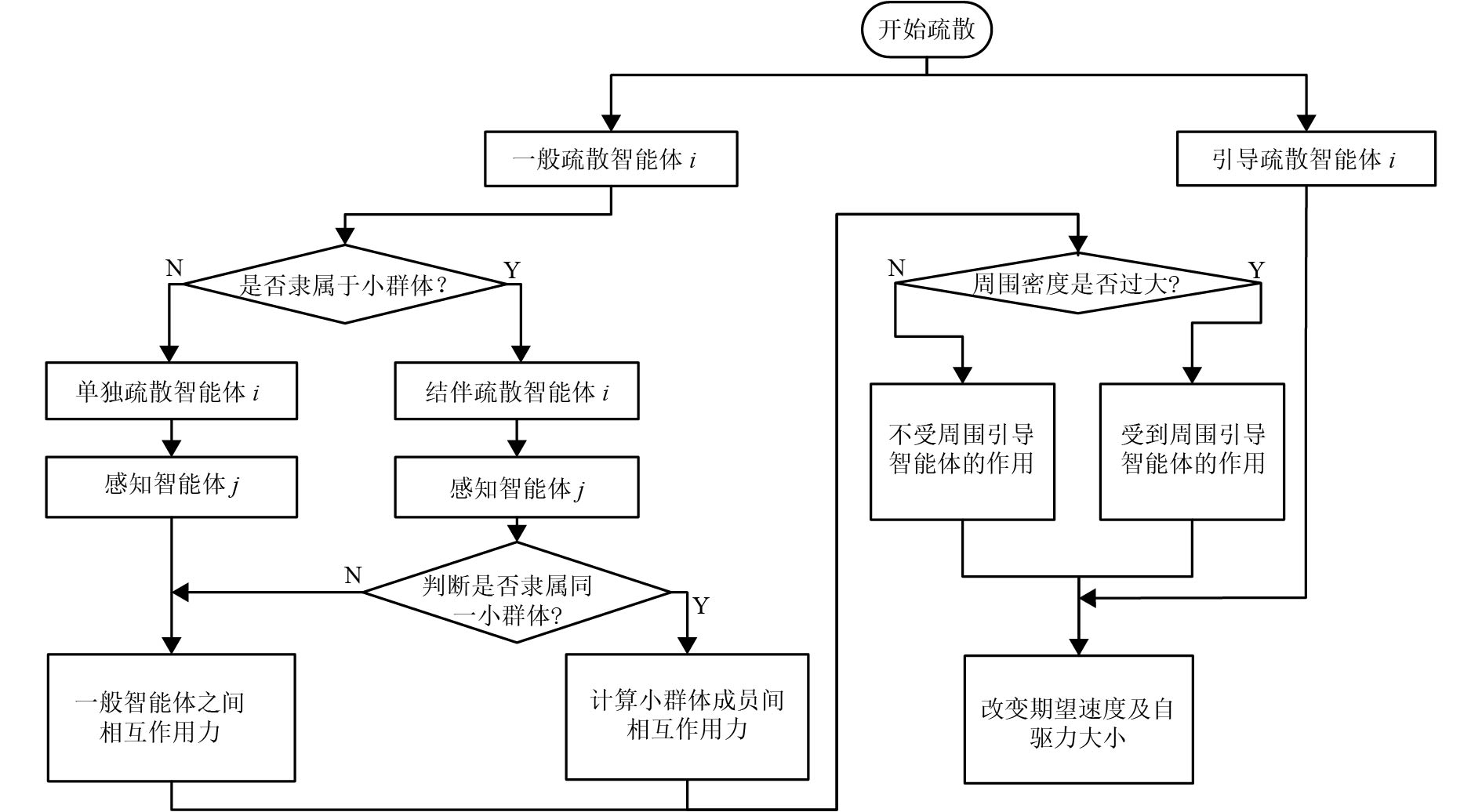

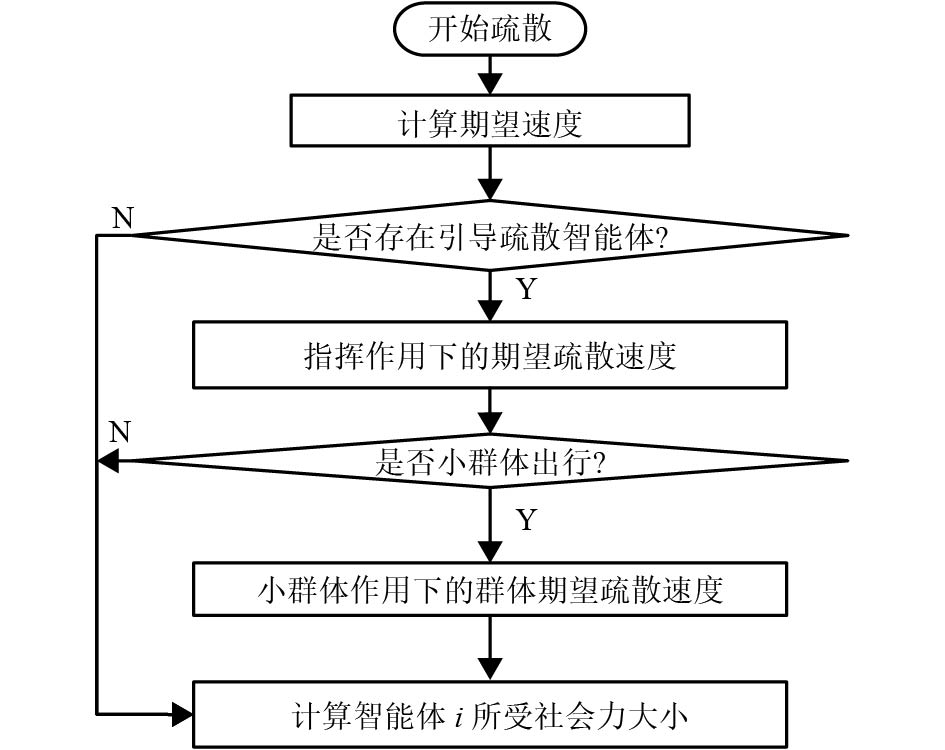

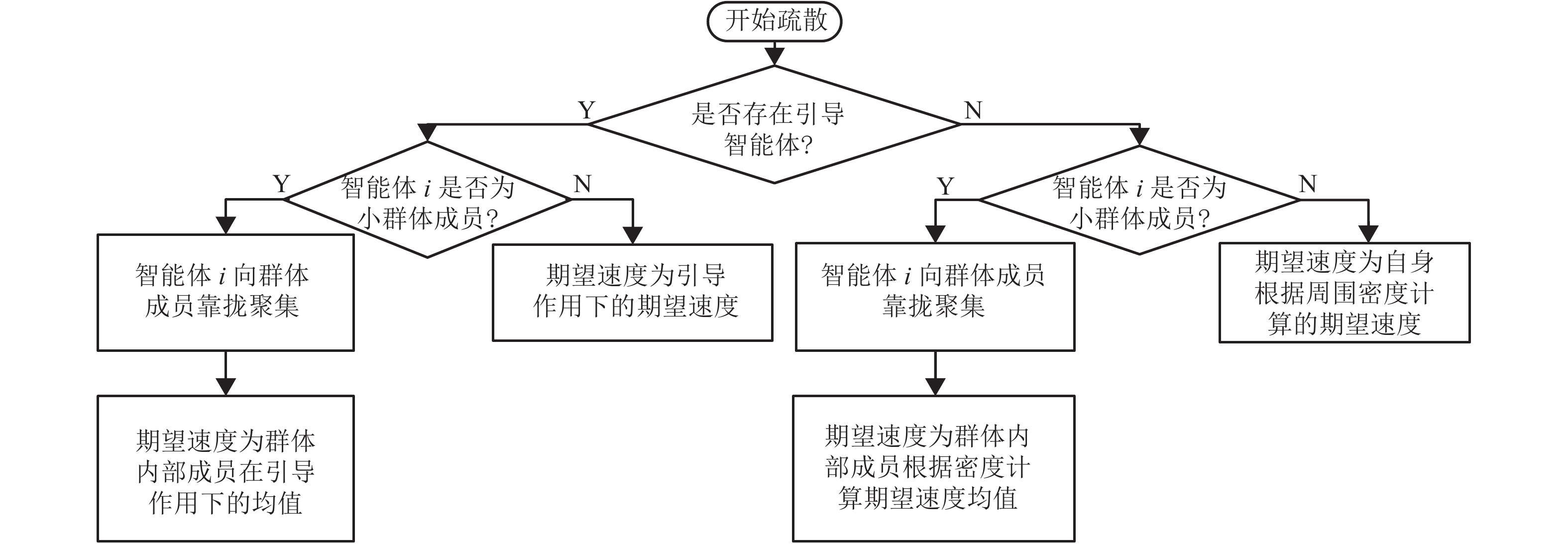

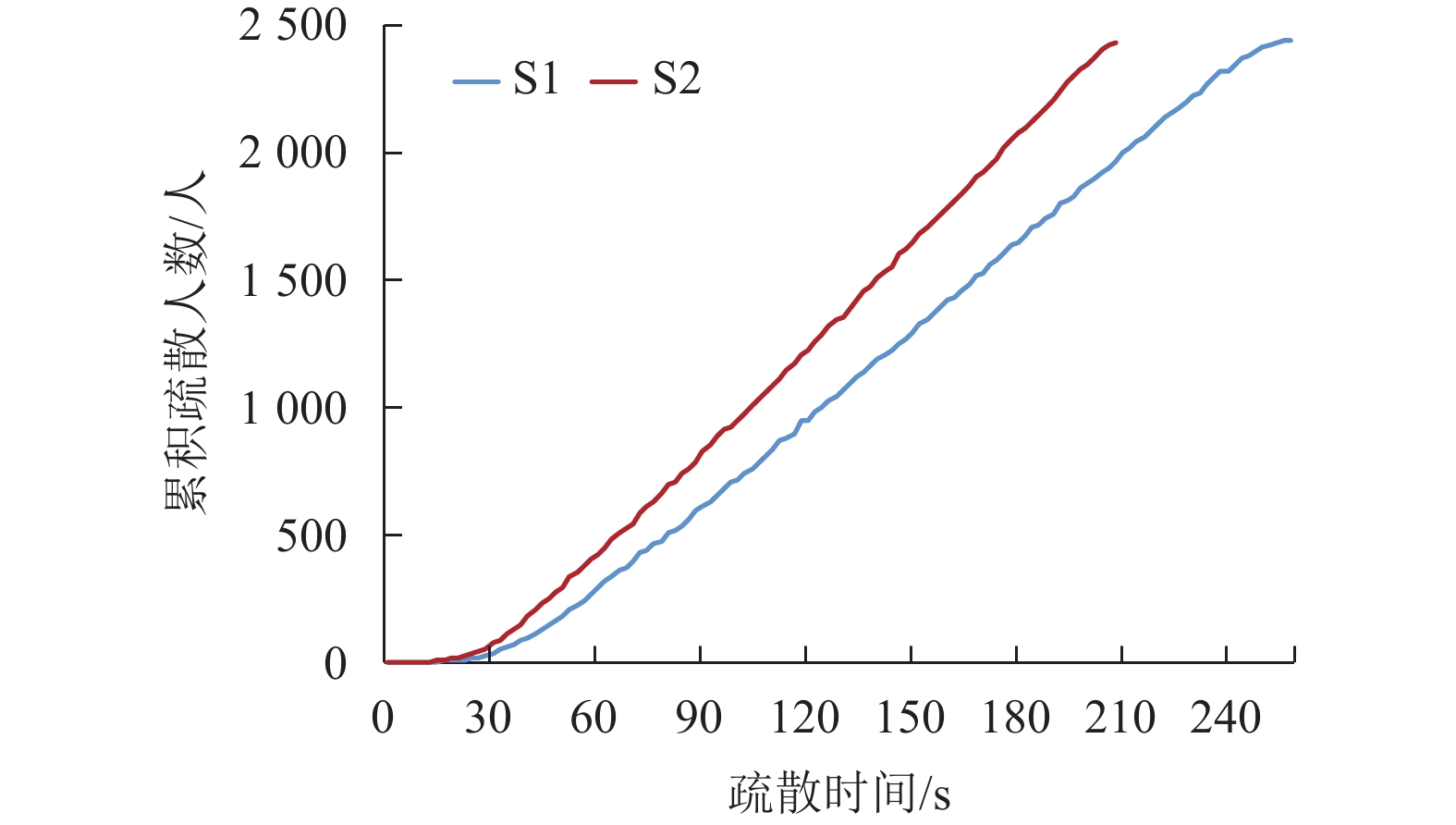
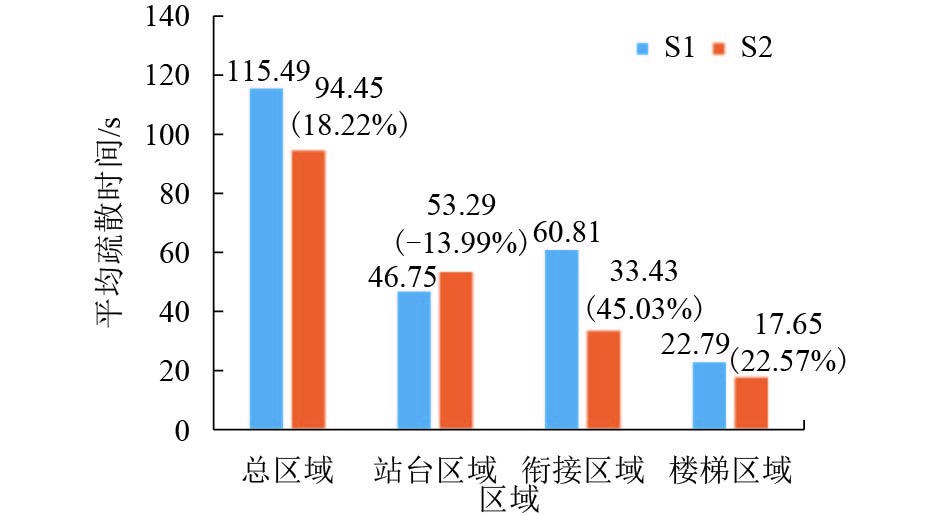
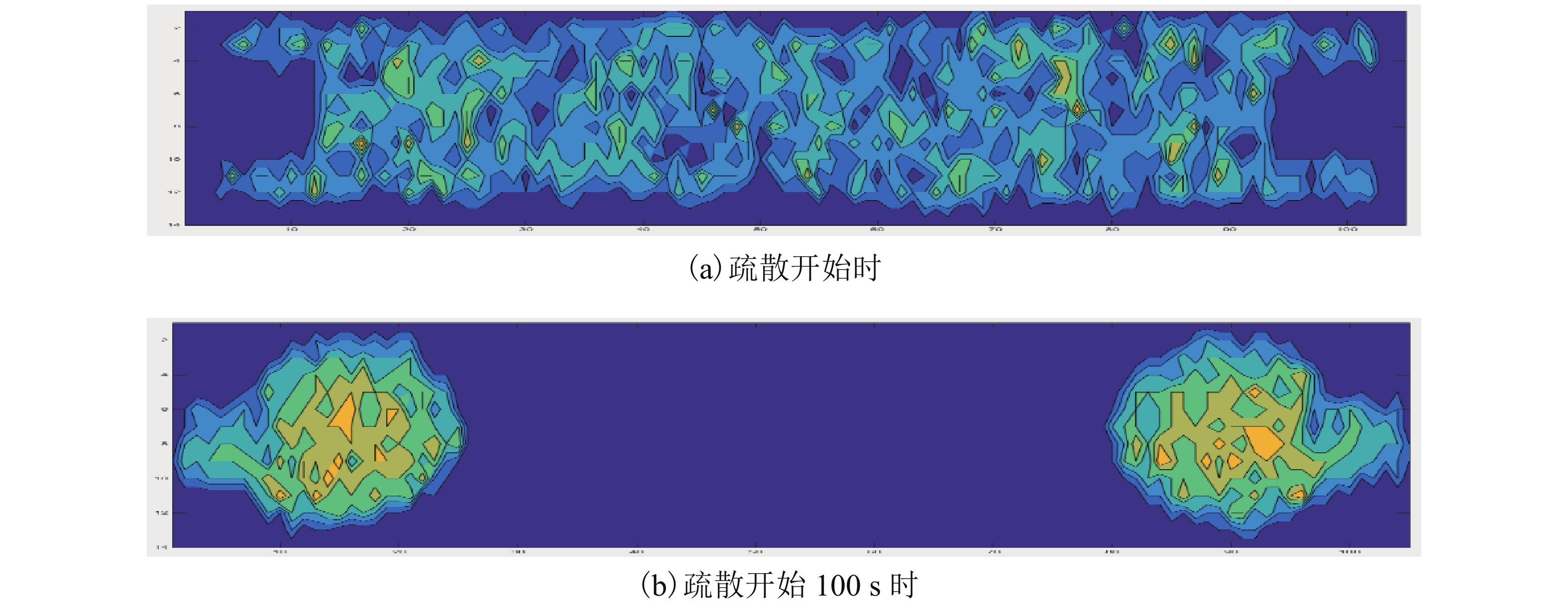

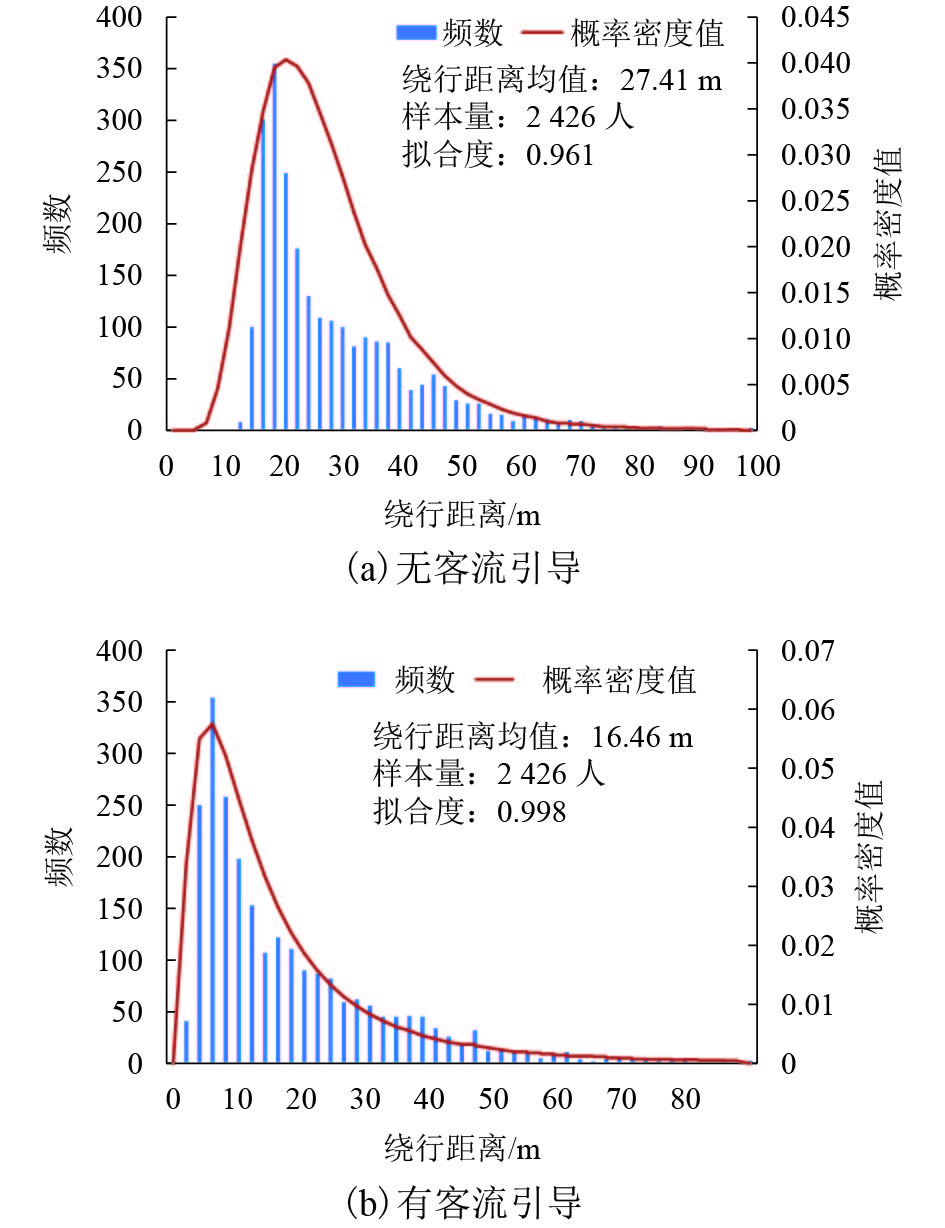
 百度学术
百度学术
